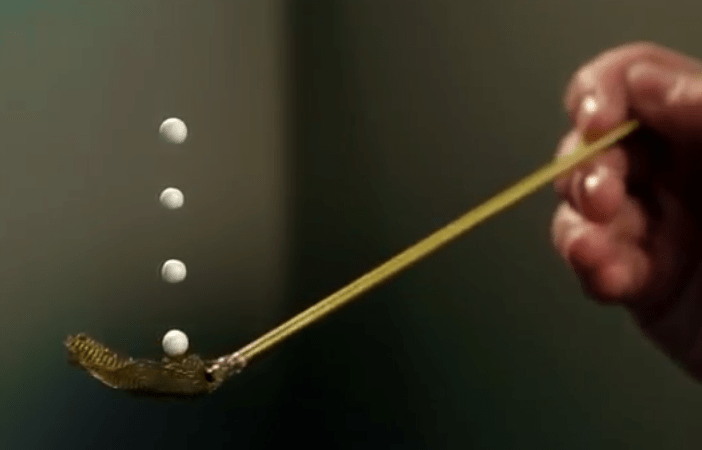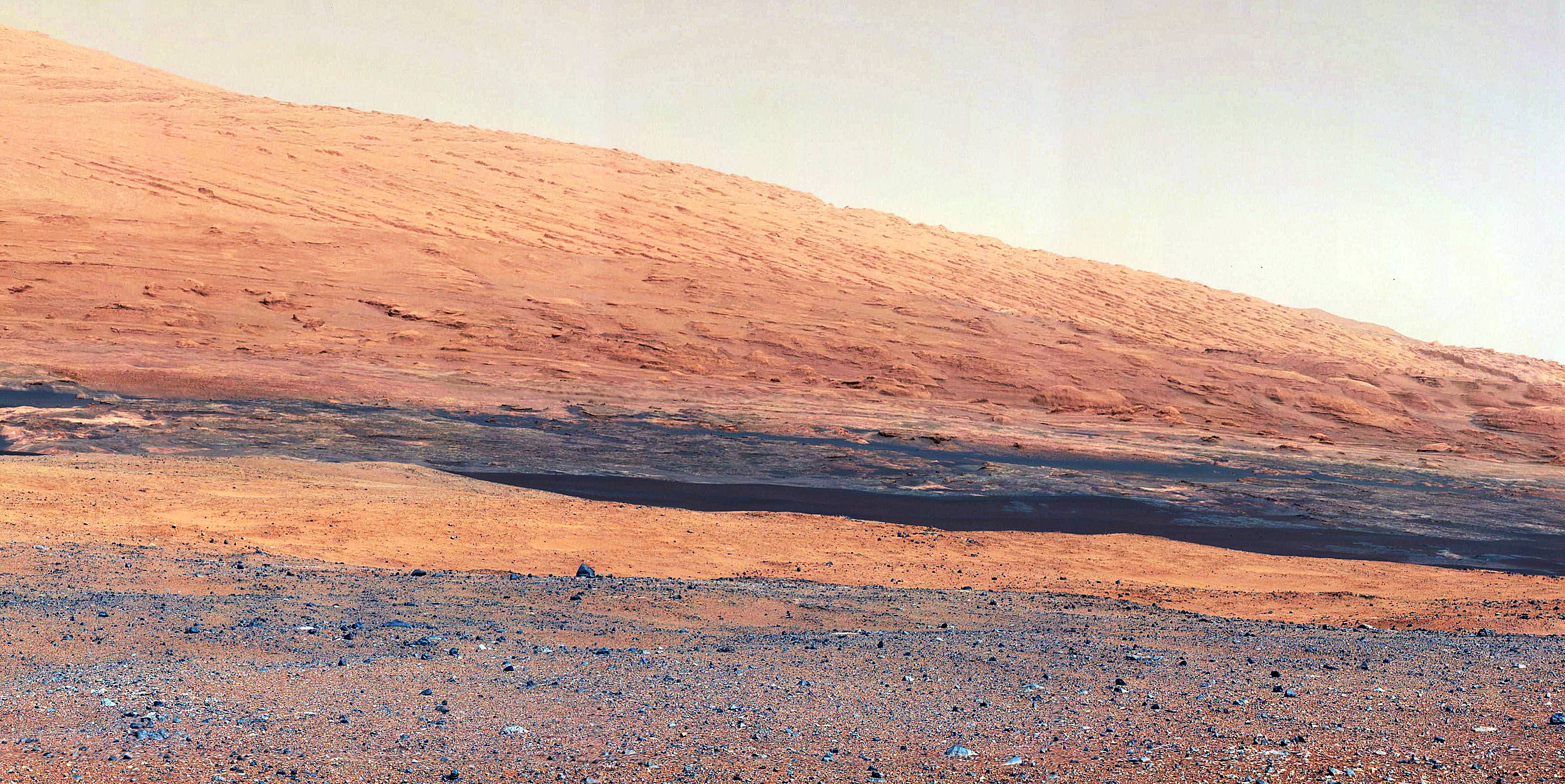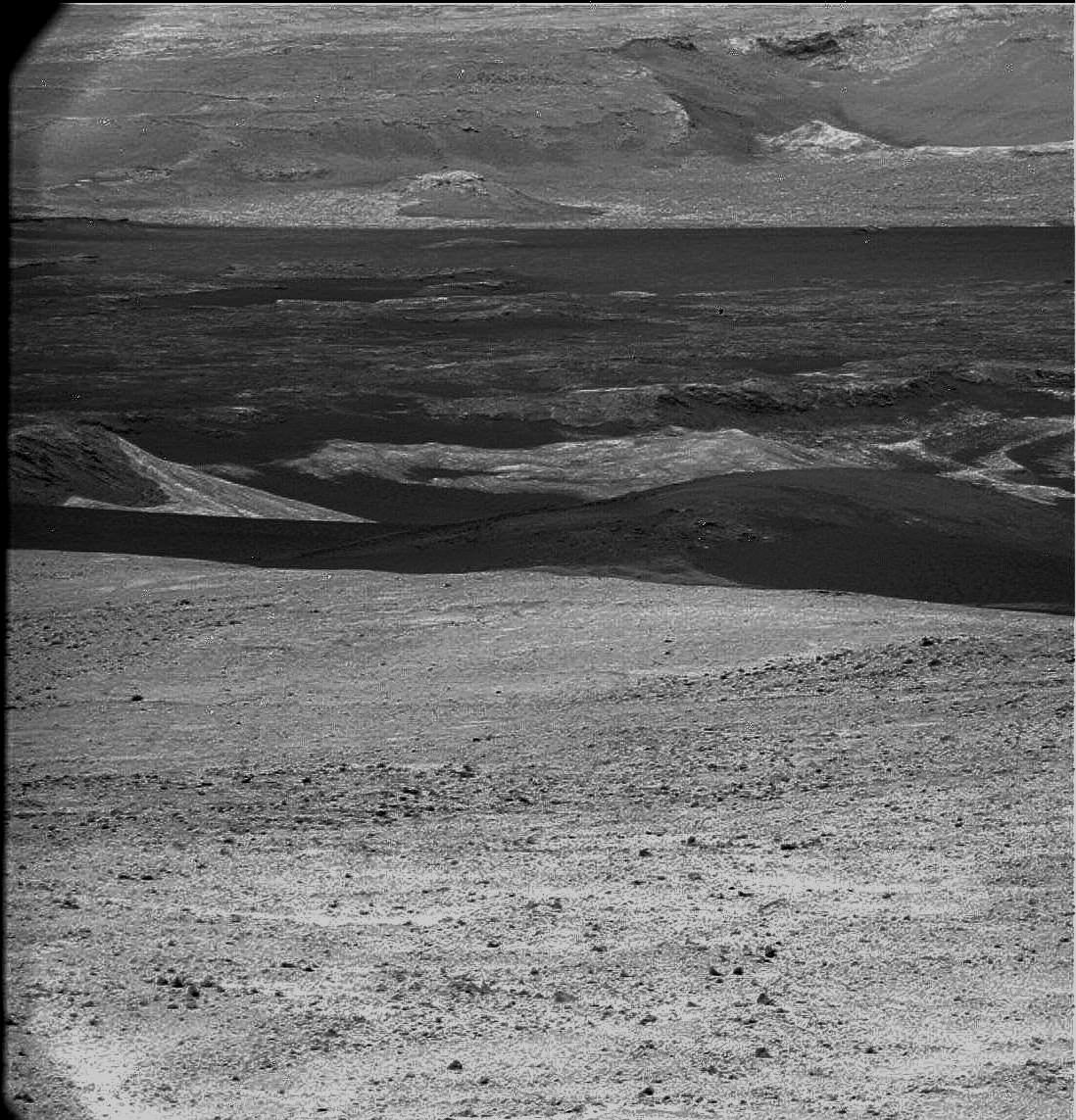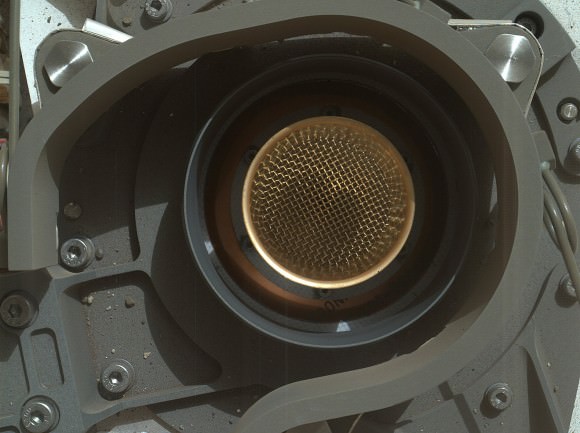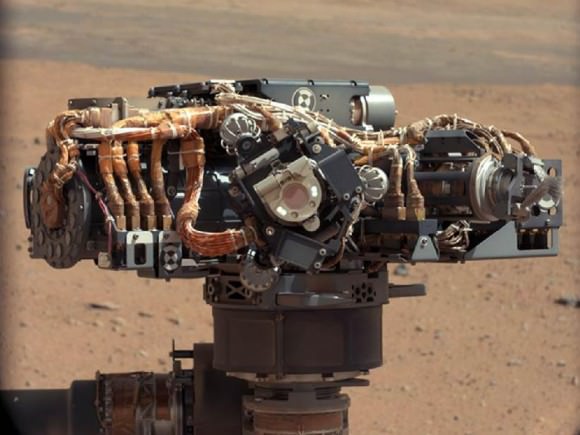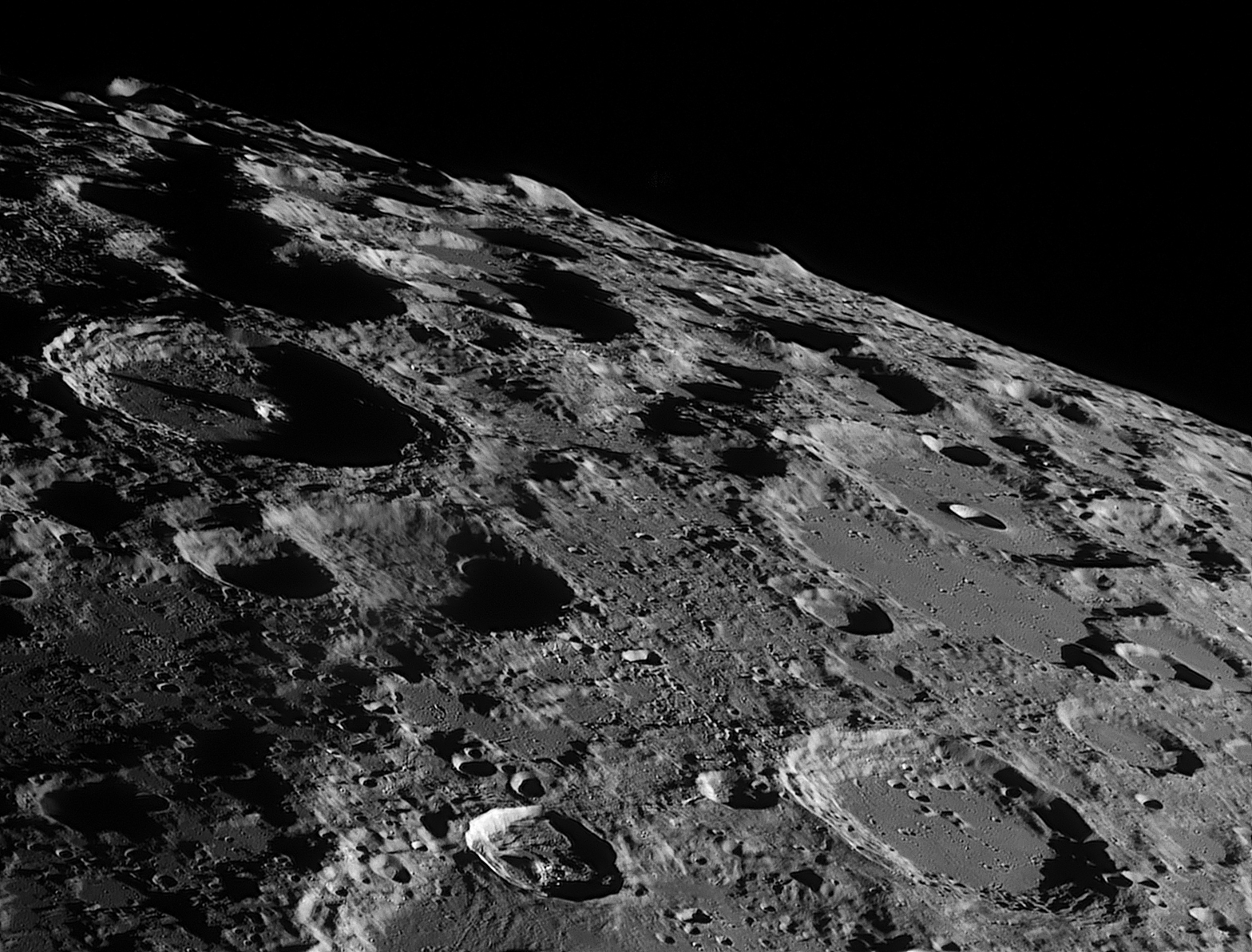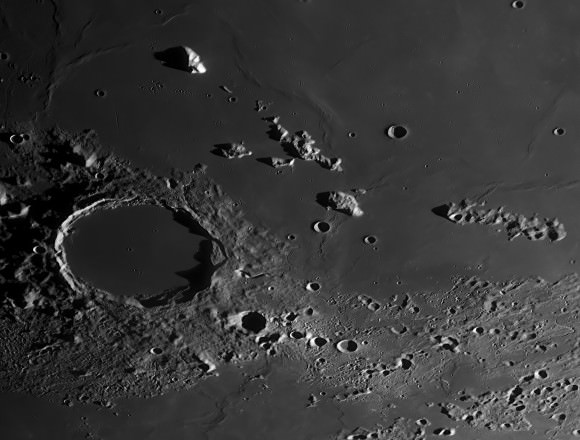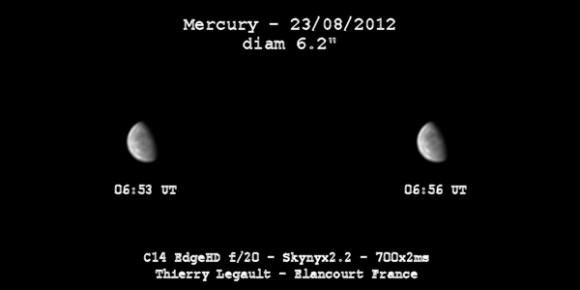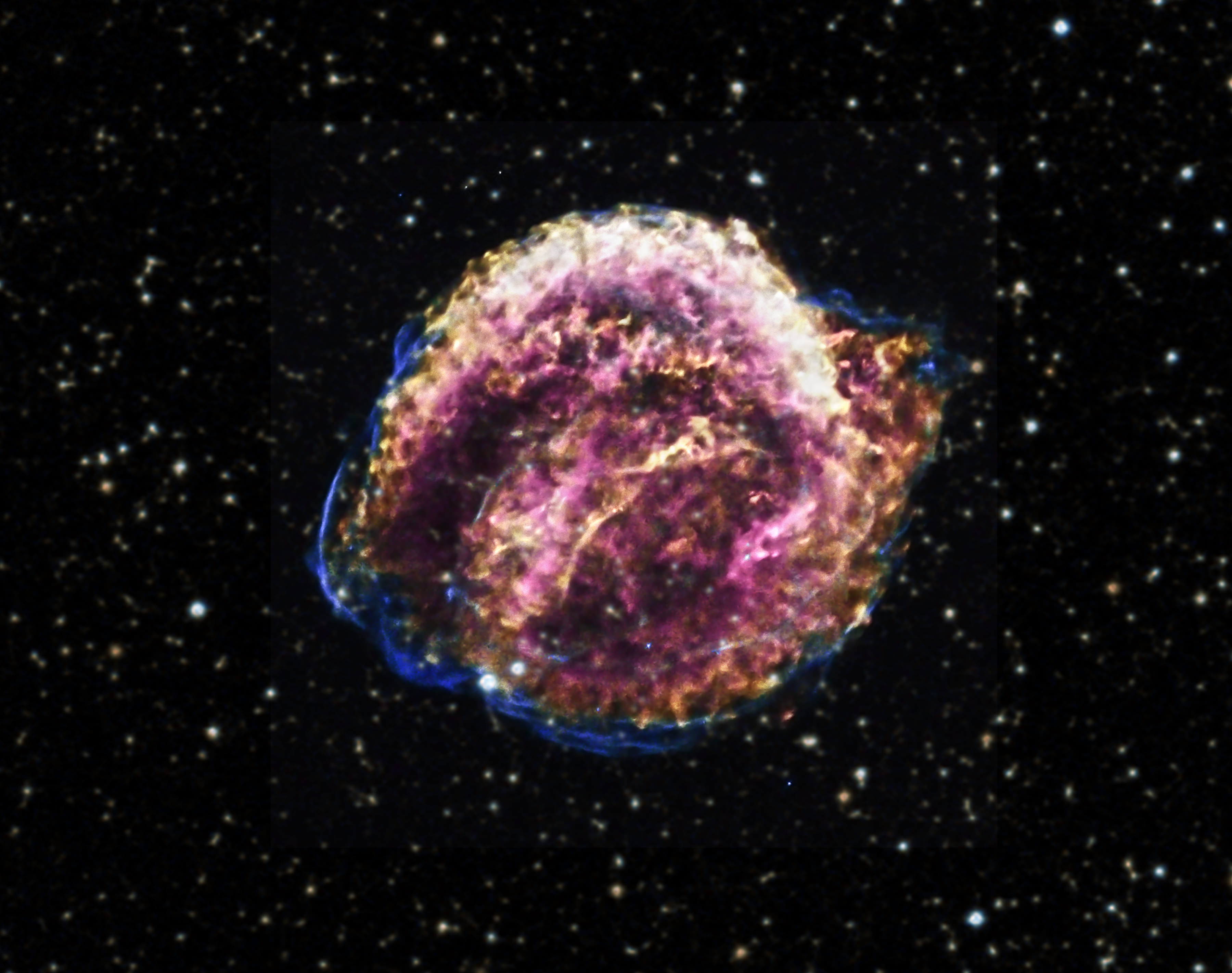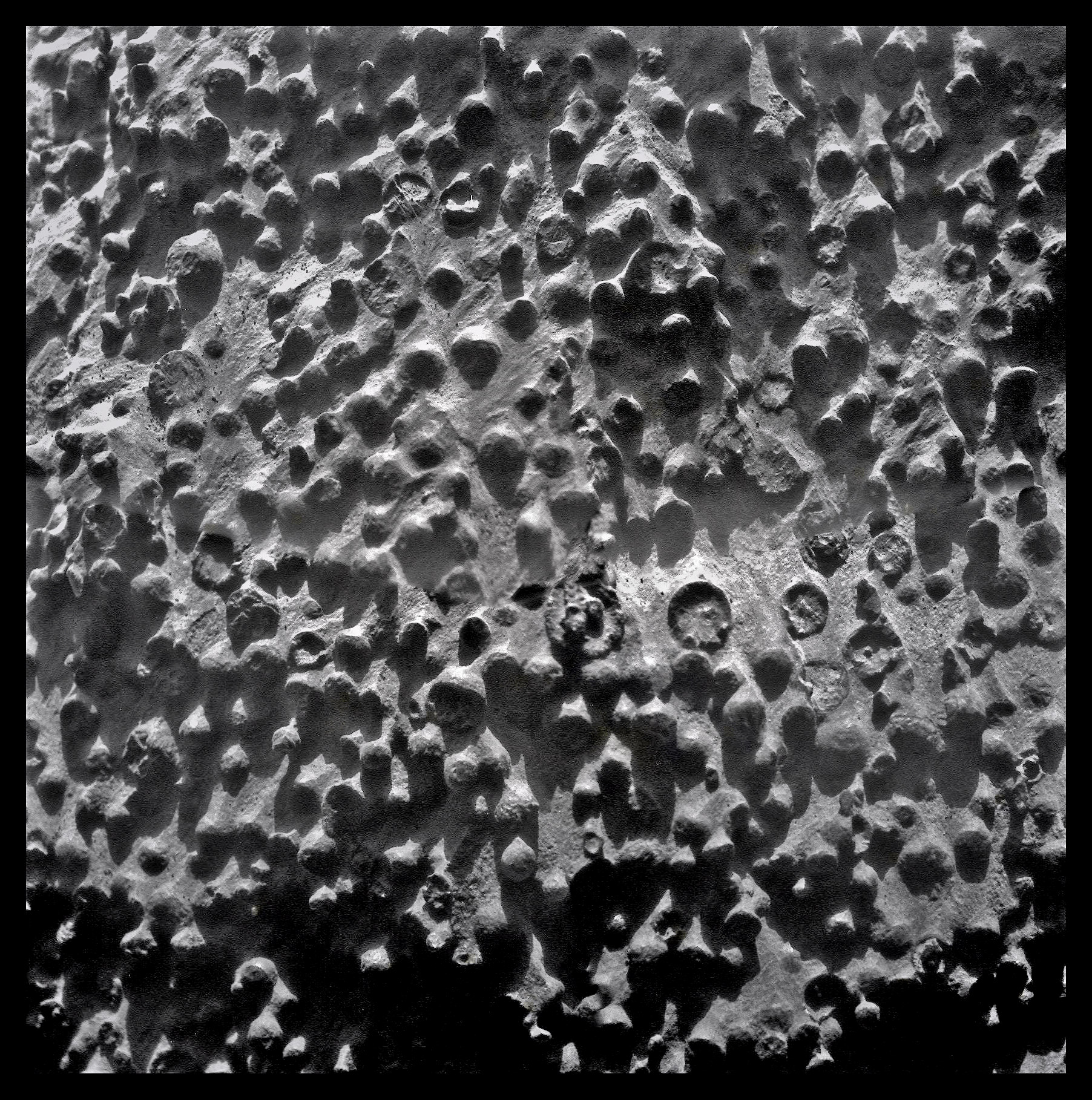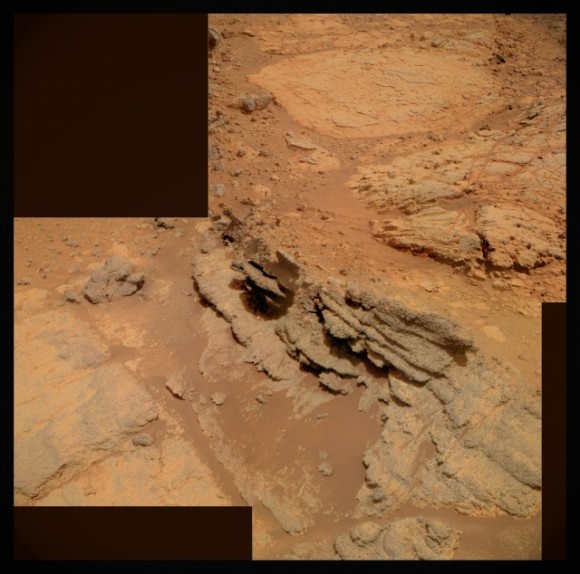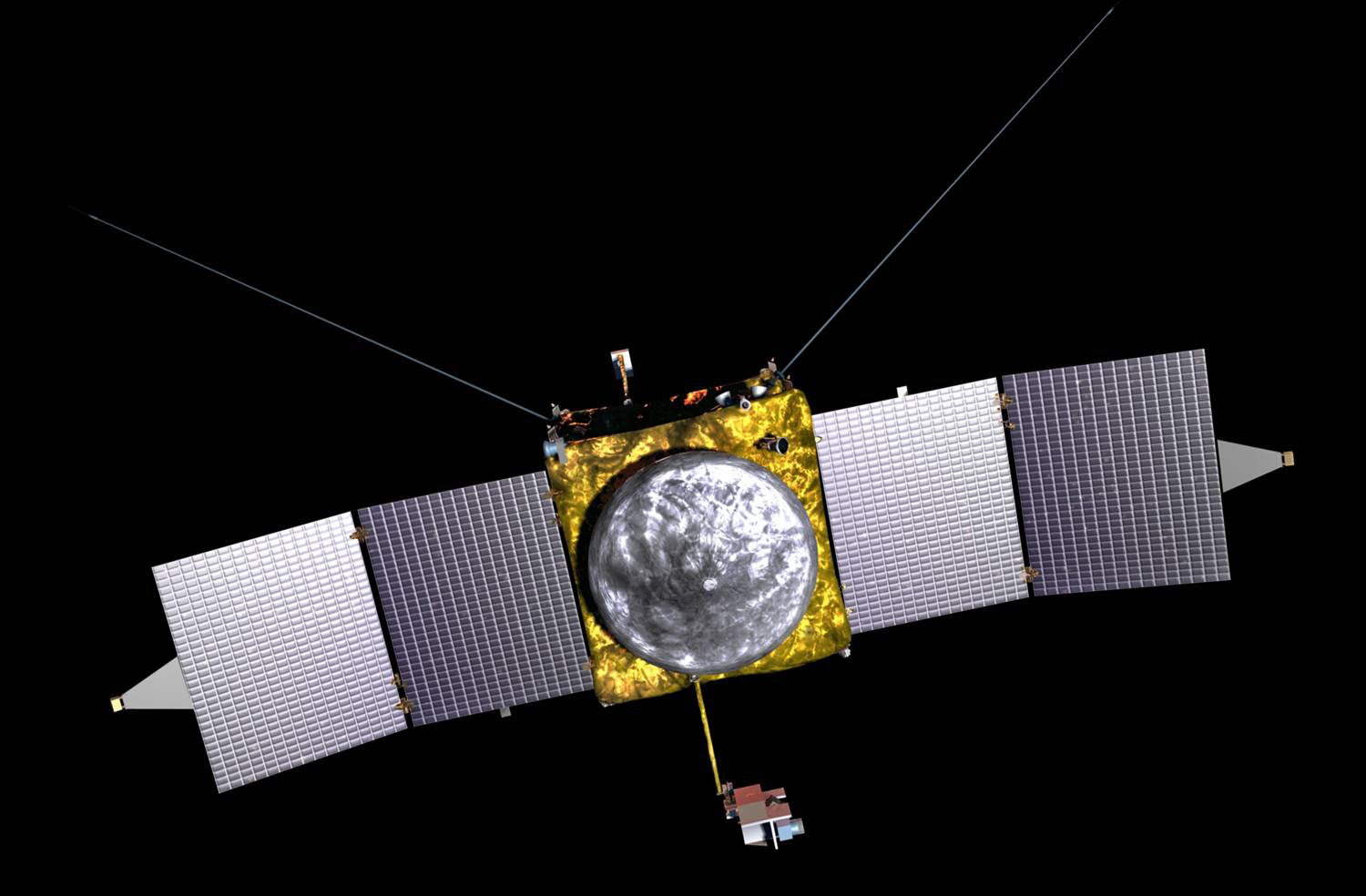It’s not special effects: researchers at the U.S. Department of Energy’s Argonne National Laboratory in Illinois have developed a way to cancel out the effects of gravity, allowing liquids to be held without containers. The effect is created using sound waves emitted by an acoustic levitator — an instrument designed by NASA for simulating microgravity.
Watch the video. It’s the coolest thing you’ll see all week.
This accomplishes more than just a neat effect; by keeping liquids in place without the need for a physical container, pharmaceutical research can be performed while the drugs are still in their purest, “amorphous” state.
“Most drugs on the market are crystalline – they don’t get fully absorbed by the body and thus we aren’t getting the most efficient use out of them,” said Yash Vaishnav, Argonne Senior Manager for Intellectual Property Development and Commercialization.
When solutions come in contact with the interior surfaces of their containers, evaporation takes place, which can lead to crystallization. In order to find a way to hold liquids without anything coming in contact with them (a tricky task while under the effect of Earth’s pesky gravity) ANL X-ray physicist Chris Benmore looked to NASA’s acoustic levitator.
Using two sets of sound waves emitted at 22khz and precisely aimed at each other, a “standing wave” is established at their center. The resulting acoustic force is strong enough to counter the downward tug of gravity at certain points (at least as far as droplets of liquid are concerned.)
The liquid drugs can then be studied without the problem of crystallization, making this technological parlor trick a powerful analytical tool for pharmaceutical researchers. The ultimate goal is to learn how to reduce the amount of a particular drug but still retain the desired effects — with less of the undesired ones.
Read more here on the Argonne National Lab site.
The nation’s first national laboratory, Argonne conducts leading-edge basic and applied scientific research in virtually every scientific discipline. With employees from more than 60 nations, Argonne is managed by UChicago Argonne, LLC for the U.S. Department of Energy’sOffice of Science.

